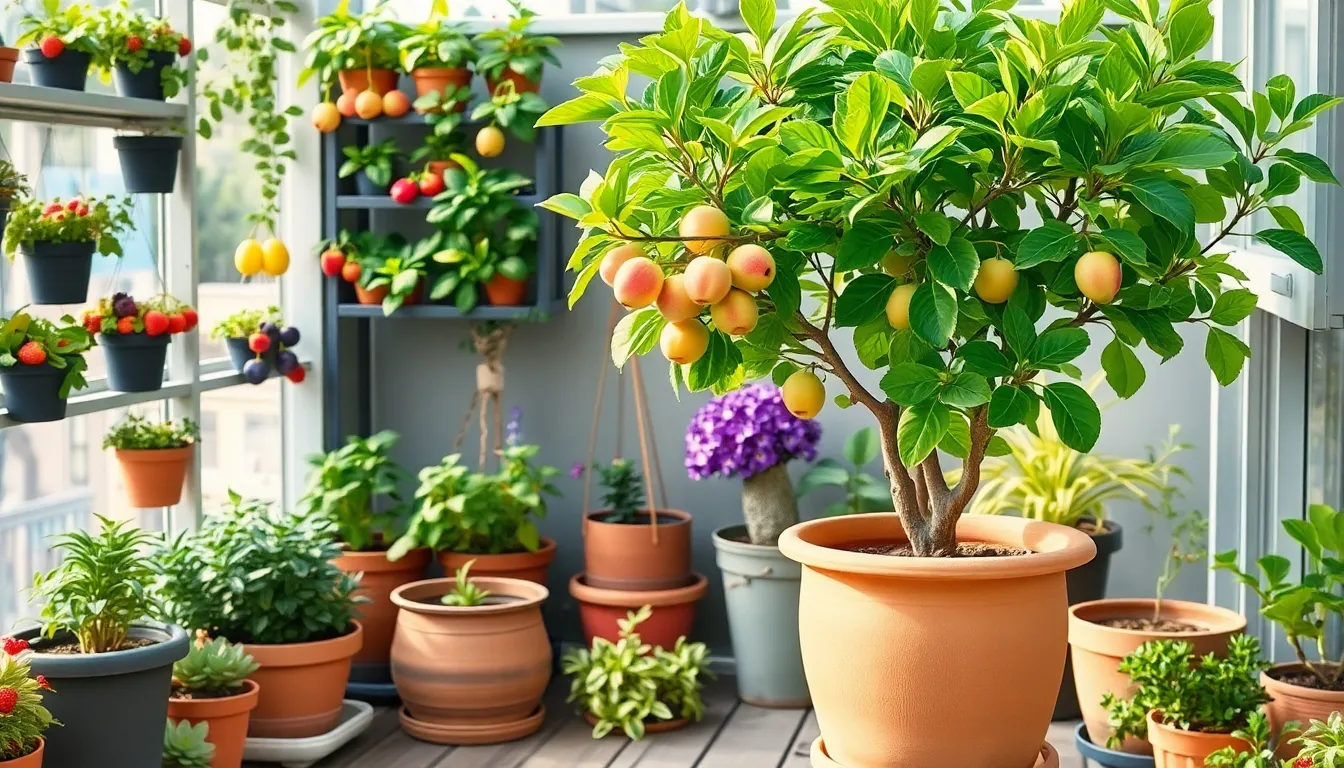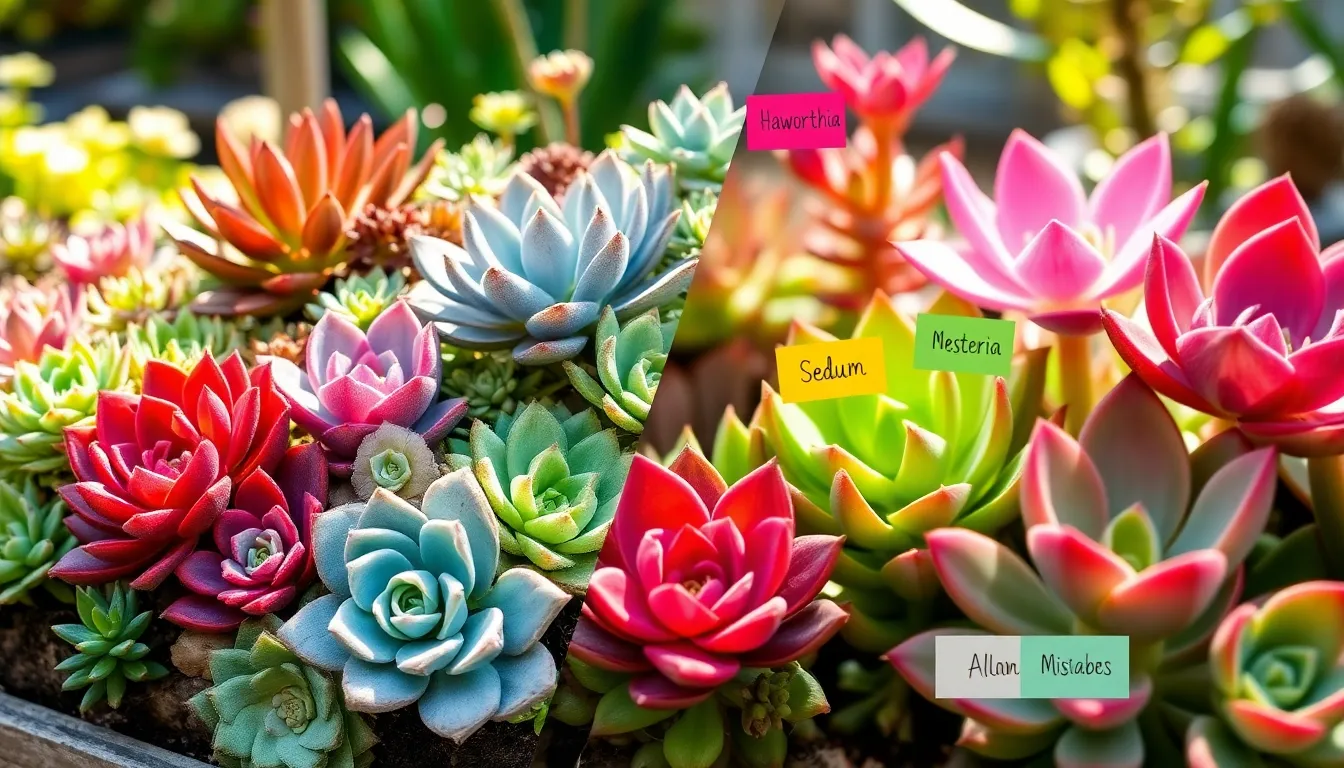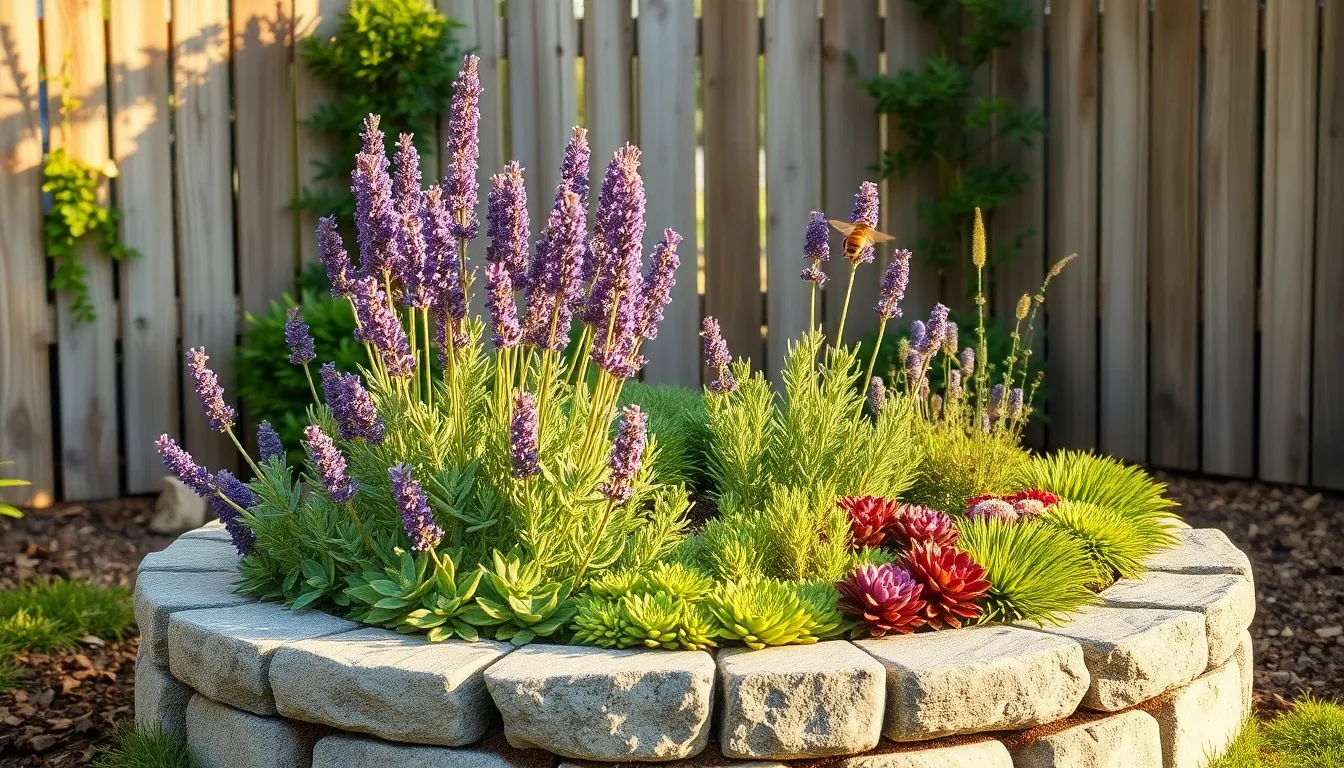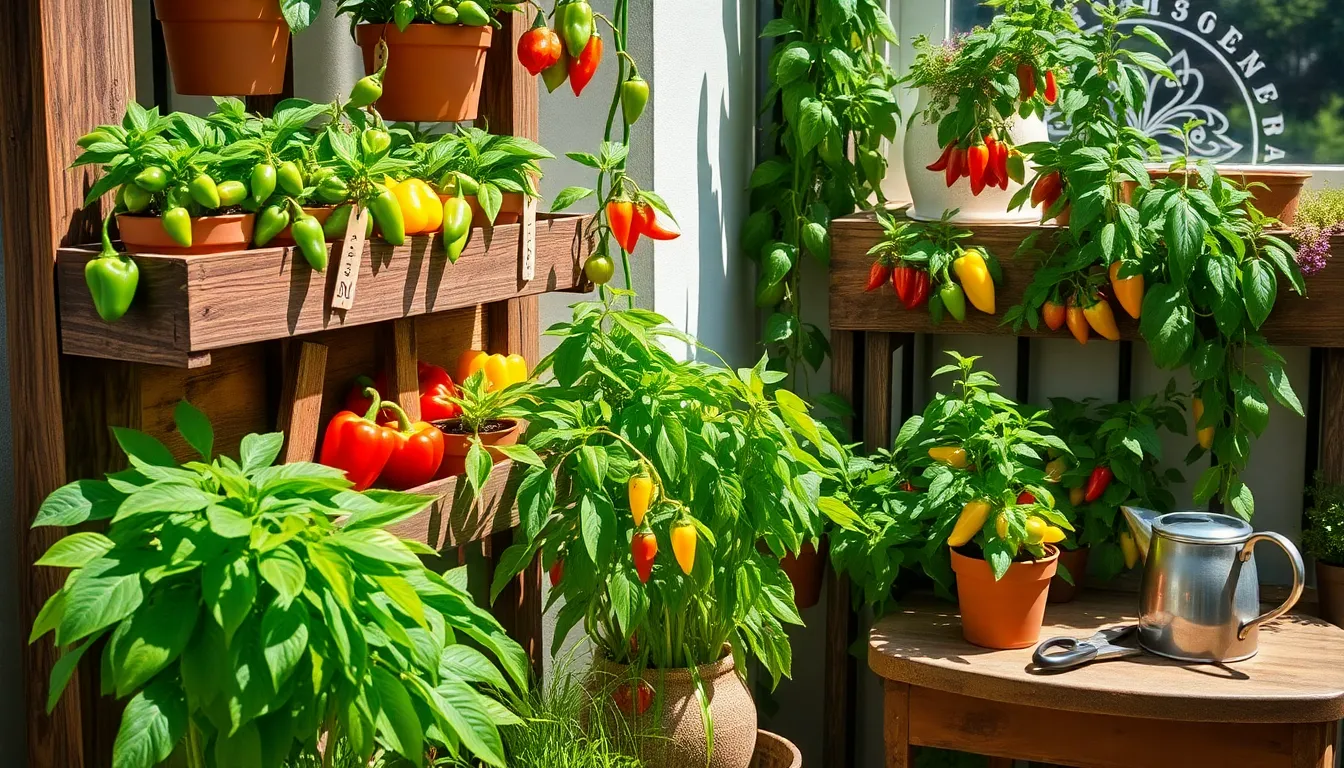Imagine stepping out onto your balcony or into your compact backyard oasis to pluck a sun-warmed, perfectly ripe apple or juicy peach from your very own tree. The dream of growing your own fruit isn’t just for those blessed with sprawling gardens; with a bit of creativity and the right techniques, even the smallest of spaces can yield a fruitful bounty. Whether you’re new to gardening or a seasoned green thumb, cultivating fruit trees in limited spaces offers a rewarding challenge and a delicious payoff.
In this article, we’ll explore innovative strategies to make the most of tight quarters, from selecting the right dwarf or espaliered varieties to mastering container gardening. You’ll discover how to optimize sunlight, manage soil quality, and ensure proper watering, all tailored to the constraints and possibilities of small-space gardening. So, let’s embark on this fruitful journey together, transforming your patio or urban nook into a thriving orchard that promises both beauty and bounty.
Select Dwarf Fruit Tree Varieties
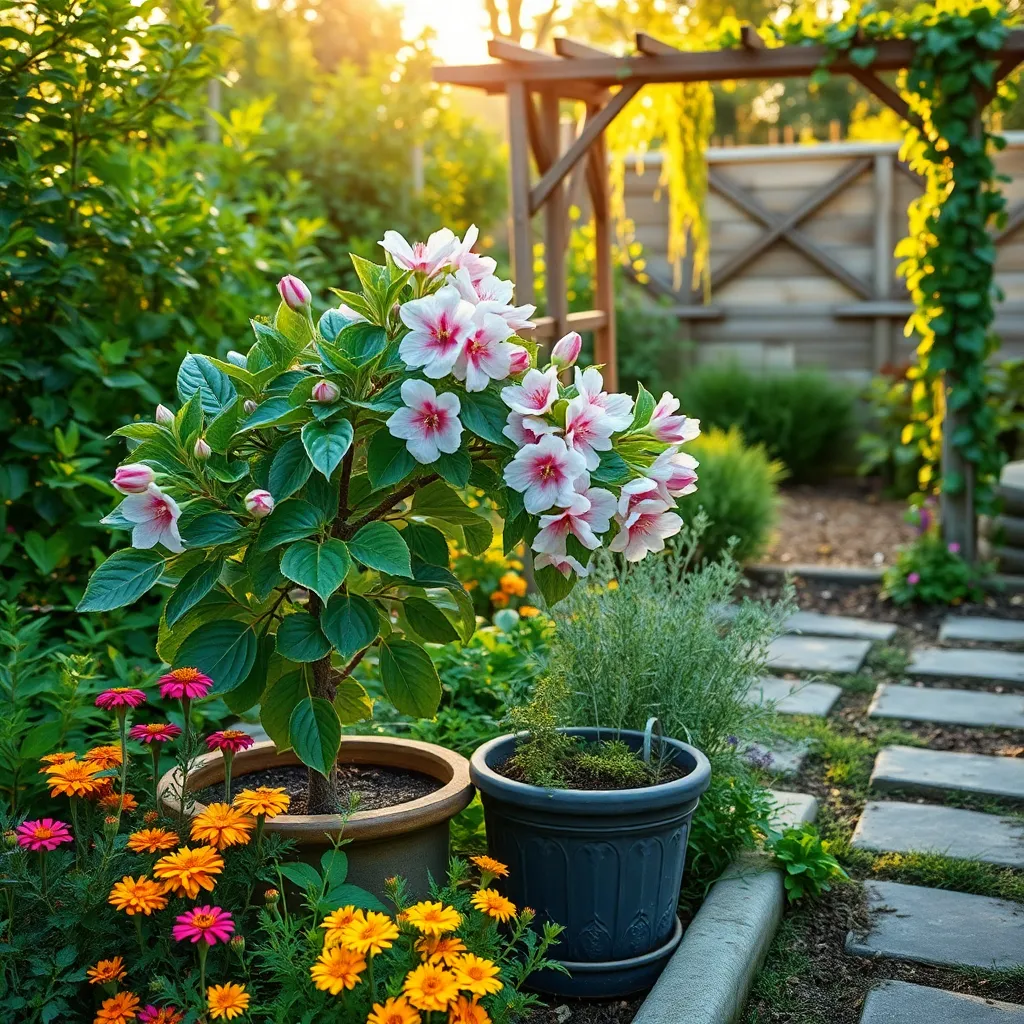
When space is limited, selecting the right dwarf fruit tree variety can make all the difference. Dwarf fruit trees are specifically bred to stay small, making them perfect for patios, balconies, or small gardens.
Consider planting a dwarf apple tree like the ‘Golden Delicious’ or ‘Fuji’ variety, which provides delicious, crisp fruit. These trees thrive in well-drained soil and need about six hours of direct sunlight daily for optimal growth.
For those who enjoy citrus, a dwarf Meyer lemon tree can be both decorative and productive. It requires regular watering, especially during hotter months, and benefits from a nutrient-rich, slightly acidic soil.
Peach lovers can opt for the dwarf Bonanza peach tree, known for its fragrant blooms and sweet fruit. This variety prefers a sunny spot and needs regular pruning to encourage healthy growth and fruit production.
- Use a high-quality potting mix with good drainage for container planting.
- Ensure your container has adequate drainage holes to prevent root rot.
- Apply a balanced fertilizer during the growing season to support fruit development.
Advanced gardeners might consider espalier techniques to train their dwarf trees against a wall or trellis for both space efficiency and aesthetic appeal. This method not only saves space but can enhance fruit production by improving sunlight exposure and air circulation.
Prepare Compact Container Spaces
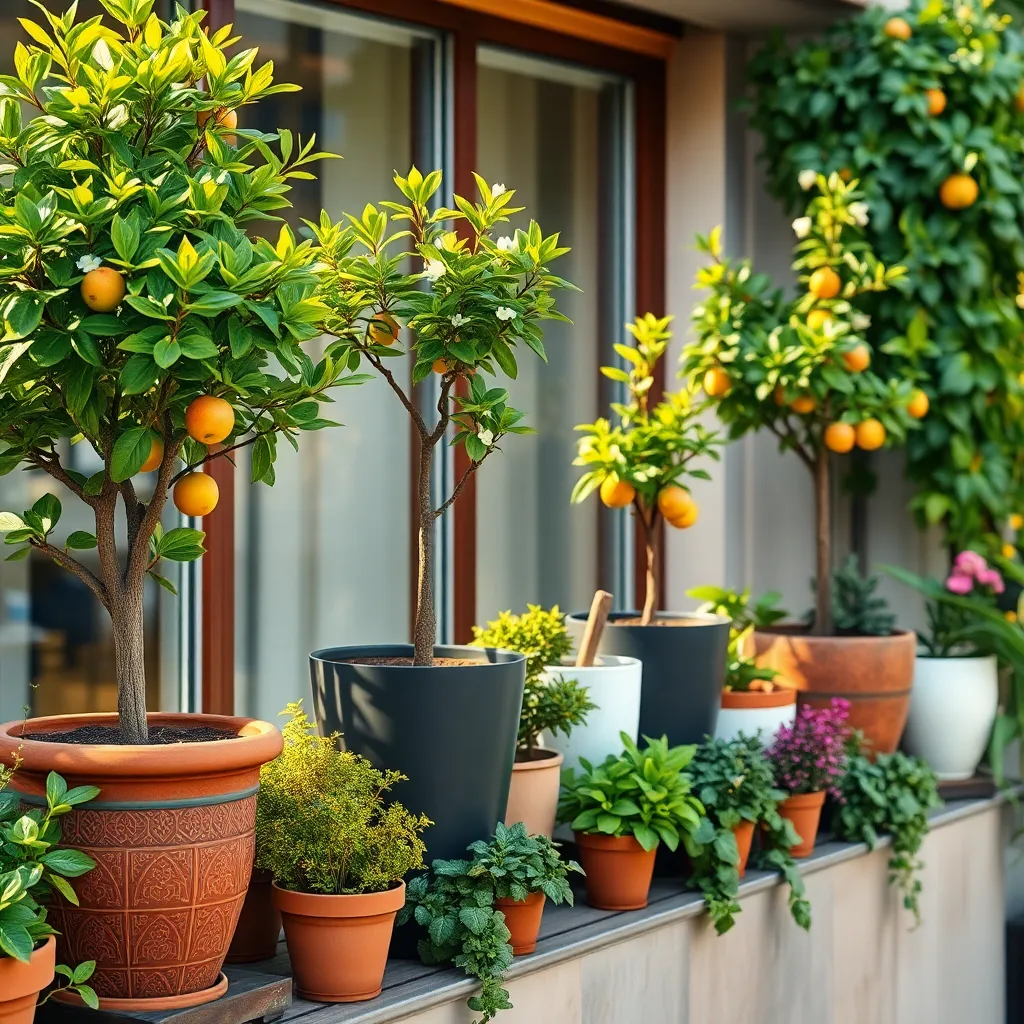
To make the most of compact container spaces, choose containers that are at least 15-20 gallons in size, providing enough room for root growth. Opt for pots with good drainage holes to prevent waterlogging, a common issue that can lead to root rot.
When filling your containers, use a high-quality, well-draining potting mix specifically designed for fruit trees. This mix should contain a blend of peat, pine bark, and perlite or vermiculite, ensuring optimal aeration and moisture retention.
Position your containers in a location that receives at least 6-8 hours of sunlight daily, as fruit trees thrive in sunny conditions. If space is limited, consider using vertical gardening techniques, such as trellises or tiered plant stands, to maximize light exposure and airflow.
Regular watering is crucial for container-grown fruit trees, as they dry out faster than those planted in the ground. Water thoroughly until it drains from the bottom, but allow the top inch of soil to dry out between waterings to avoid overhydration.
Ensure Proper Sunlight Exposure
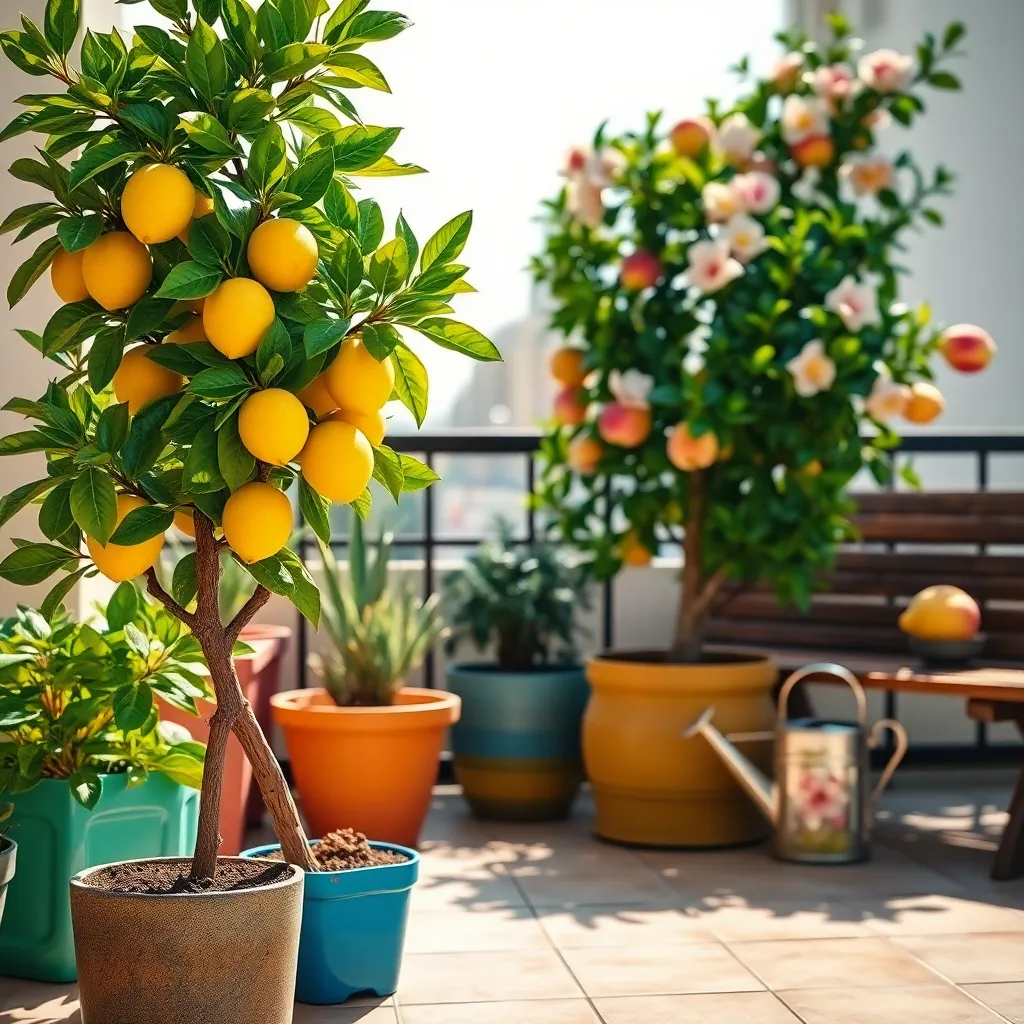
When growing fruit trees in small spaces, ensuring your plants receive adequate sunlight is crucial for healthy growth. Most fruit trees require at least six to eight hours of direct sunlight daily, so position your containers in a spot that receives ample light.
To maximize sunlight exposure, consider using reflective surfaces nearby, such as light-colored walls or mirrors, to direct more light onto the plants. This can be particularly helpful if you have limited direct sunlight due to nearby structures or trees.
For gardeners dealing with limited sunlight, selecting fruit tree varieties that are more tolerant of partial shade can be a game-changer. Varieties like ‘Stella’ cherry or ‘Anna’ apple can still produce fruit with slightly less sun, making them ideal for less sunny spots.
Regularly rotate your containers to ensure all sides of the tree receive equal sunlight exposure, which helps in even growth and fruit production. Be observant of any signs that your tree might be lacking sunlight, such as leggy growth or pale leaves, and make necessary adjustments to their positioning.
Implement Efficient Watering Techniques
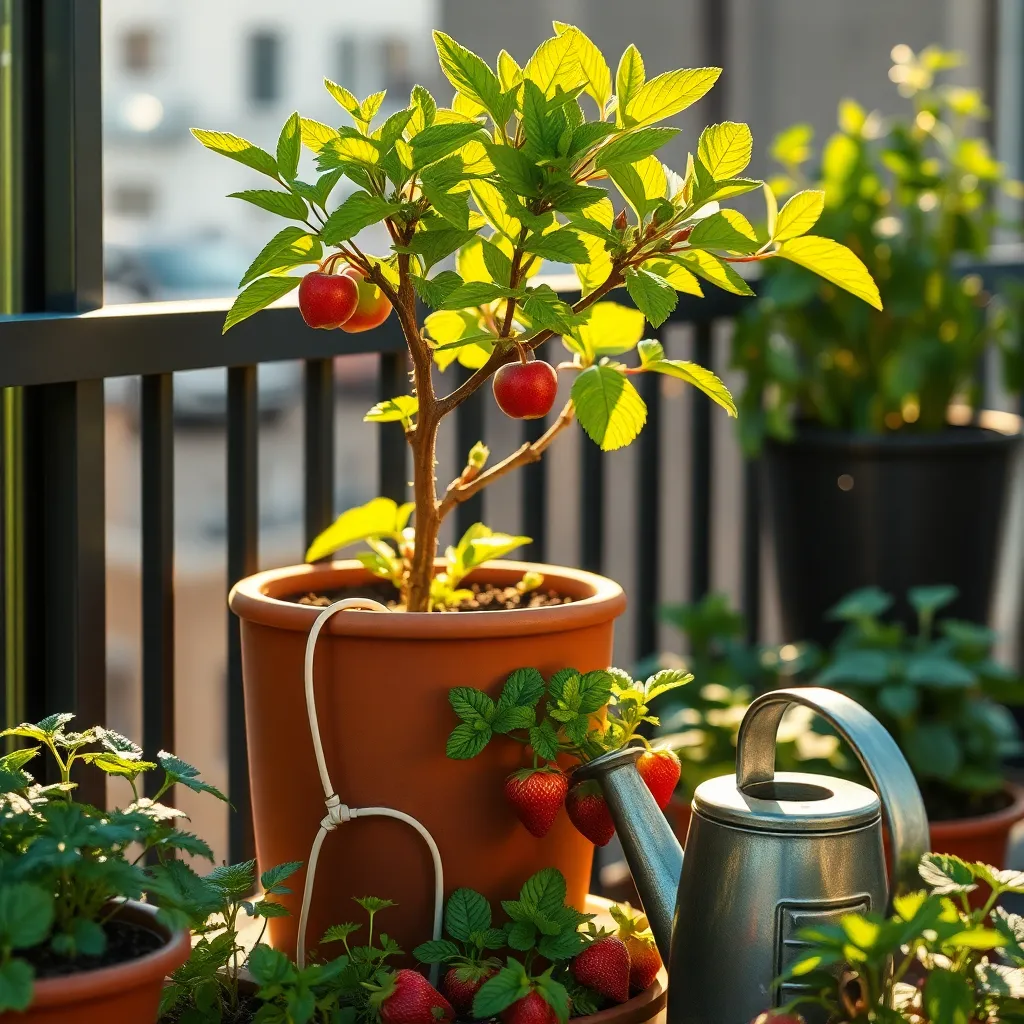
Watering is a crucial aspect of growing fruit trees, especially in small spaces where competition for resources is higher. Start by ensuring that your trees receive a deep watering every week, which helps the roots grow strong and deep.
To conserve water and maintain soil moisture, apply a layer of mulch around the base of your fruit trees. Organic mulch like straw or bark chips can also help regulate soil temperature and prevent weeds, creating a healthier environment for your trees.
Consider installing a drip irrigation system for more efficient watering, as it delivers water directly to the roots with minimal waste. This method is particularly beneficial in small spaces, as it allows you to control the amount of water each tree receives, reducing the risk of overwatering.
For gardeners using containers, ensure that pots have adequate drainage holes to prevent waterlogging, which can lead to root rot. Check the soil moisture by inserting your finger about an inch into the soil; if it feels dry, it’s time to water.
Incorporate rainwater collection systems to reduce your water usage and provide nutrient-rich water for your fruit trees. This eco-friendly approach not only conserves water but also takes advantage of natural resources, benefiting both the environment and your garden.
Prune Regularly for Size Control
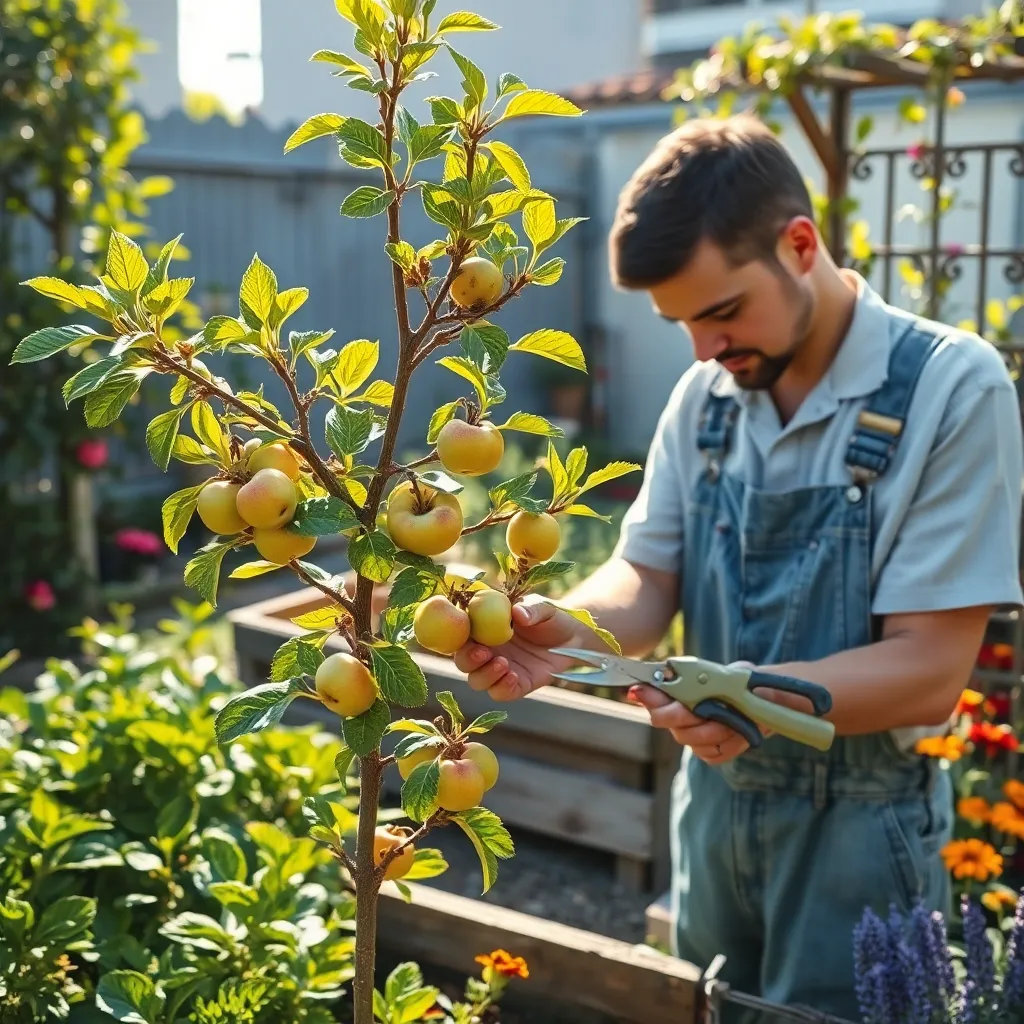
To maintain fruit trees within the confines of small spaces, regular pruning is essential. By pruning, you can control the size of the trees, ensuring they don’t outgrow their designated area and remain manageable.
Begin your pruning routine by removing any dead or diseased branches, which will help promote healthy growth. Focus on thinning out the canopy to allow light penetration and air circulation, which are crucial for fruit production.
When pruning, aim to shape your tree into an open center or vase shape, which is particularly effective for small spaces. This shape not only controls the size but also maximizes exposure to sunlight and encourages even fruiting.
For more advanced pruning, consider the timing and types of cuts to make. Late winter or early spring, before the buds break, is typically the best time to prune most fruit trees, as it minimizes stress and encourages vigorous growth.
Conclusion: Growing Success with These Plants
In navigating the intricacies of nurturing fruit trees in small spaces, we’ve uncovered five key relationship concepts: the importance of choosing the right partner (or tree) for your environment, the necessity of providing consistent support and nourishment, the art of patience as growth unfolds, the practice of pruning for healthy development, and the celebration of shared successes. These principles not only apply to cultivating fruitful gardens but also to enriching our personal relationships.
As you embark on this journey, take an actionable step today by assessing your current relationships or garden space, and identify one small change you can implement to foster growth. Whether it’s adding a nutrient-rich layer of mulch or setting aside quality time for a loved one, small actions can lead to bountiful outcomes.
Remember to bookmark this article for continued reference as you nurture both your garden and relationships. By doing so, you’ll have a handy guide to revisit whenever you need a gentle reminder of these principles.
As you move forward, envision the flourishing success that comes from dedication and care. With each thoughtful step, you are building a foundation for vibrant, lasting relationships. Empower yourself with the knowledge and tools to cultivate growth, and watch as your efforts bear fruit.

